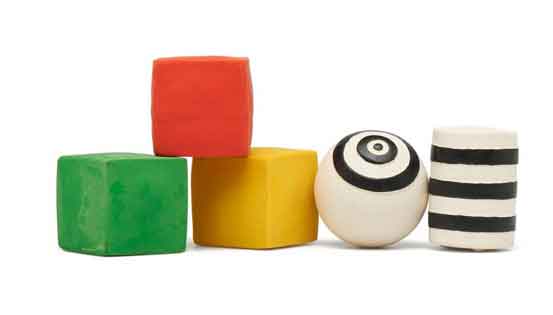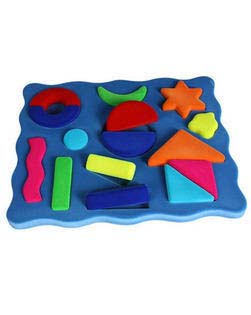Rubber shapes, as the name suggests, are available in various shapes and sizes. Rubber shapes are formed through various processes like molding, casting and extrusion.
Forms of Rubber Shapes- Bars
- Films
- Plates
- Profiles
- Rods
- Shims
- Square
- Spherical
- Angular
- Rectangular
- Hexagonal
- Tubular
- I-shaped cross section
- T-shaped cross-sections
Types of rubber used to make rubber shapes
Elastomer and rubber shapes use many filler materials and different
chemical systems. Some chemical systems include:
- Acrylics
- Elastomers
- Natural Rubber or Synthetic Rubber
- Ethylene copolymers
- Silicone compounds
In terms of filler materials for rubber shapes, some shapes contain chopped, continuous, wound, or aramid fibers. Others rubber shapes contain carbon or graphite powders, glass or metal fillers, inorganic or reinforced compounds. There are unfilled elastomer and rubber shapes also available.
Industries and Applications
Rubber shapes are used in many industries and applications. For example:
- Some products are used in aerospace, marine, automotive, tooling and military applications.
- There are rubber shapes designed for electrical power and high voltage products like generators, transformers, circuit breakers, and motor assemblies.
- Shapes are also available for semiconductors and integrated circuit (IC) packaging.
- Rubber shapes that are suitable for medical, pharmaceutical, and food processing need to satisfy the requirements of various agencies. In the United States, the agencies are like Food and Drug Administration (FDA) or the US Department of Agriculture (USDA).
- There are rubber shapes used by original equipment manufacturers (OEMs) and repair, maintenance and overhaul (MRO) organizations.


Buying Tips
While selecting rubber shapes, dimensions and features are to be
considered.
- Thickness
- Length
- Width
- Inner diameter (ID)
- Outer diameter (OD)
- Electrical insulation: The important electrical properties are resistivity, dielectric strength, and dielectric constant.
- Thermal insulation: These include temperature range, thermal conductivity, and the coefficient of thermal expansion.
- Mechanical properties: The mechanical properties include tensile strength, tensile modulus, and elongation.
- Optical properties: These properties include index of refraction, a measure of the speed of light in a material, and transmission.
- There are rubber shapes which prevent electromagnetic interference (EMI), radio frequency interference (RFI), and electrostatic discharge (ESD) are also available. These rubber shapes have high electrical conductivity and low electrical resistivity.
- Anti Vibration Mountings
- Automobile Rubber Products
- Calendered Rubber Products
- Extruded Rubber Products
- Medical Rubber Products
- Metal Bonded Components
- Rubber Adhesives & Sealants
- Rubber Ball
- Rubber Bands
- Rubber Beading
- Rubber Bearing
- Rubber Belt
- Rubber Buckets
- Rubber Bullets
- Rubber Cable
- Rubber Coating
- Rubber Duct
- Rubber Expansion Joints
- Rubber Flooring/Matting
- Rubber Footwear
- Rubber Gloves
- Rubber Injection Parts
- Rubber Lining
- Rubber Magnets
- Rubber Molded Products
- Rubber Pads
- Rubber Rollers
- Rubber Stopper
- Rubber Suit
- Rubber Track
- Rubber Valve
- Rubber Balloon
- Rubber Stamps
- Rubber Fenders
- Acrylic Rubber (ACM)
- Butadiene Rubber (BR)
- Butyl Rubber (IIR)
- Chlorosulfonated Polyethylene(CSM)/ Hypalon
- Ethylene Propylene Diene Monomer
- Fluoroelastomers (FKM)/Viton
- Isoprene Rubber (IR)
- Nitrile Rubber (NBR)
- Perfluoroelastomer (FFKM)
- Polychloroprene (CR)/Neoprene
- Polysulfide Rubber (PSR)
- Silicone Rubber (SiR)
- Styrene Butadiene Rubber
How to Make a Custom Rubber Stamp?
Whenever designing a custom stamp for your company, never compromise on its quality because in the end it is the most...
Read MoreLatex and Silicone Rubber Tubing - A Comparison!
Many industries use rubber tubing for various purposes. In fact, various types of rubber tubing are used for different applications...
Read MoreSilicone vs Acrylic Adhesive- A Comparison
Silicon and acrylic adhesives are those rubber adhesives that are widely used in Polyimide tapes. In fact, the polyimide...
Read More

